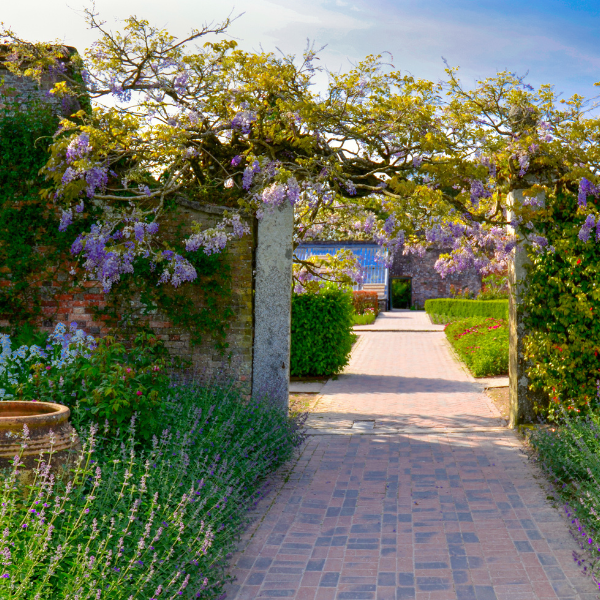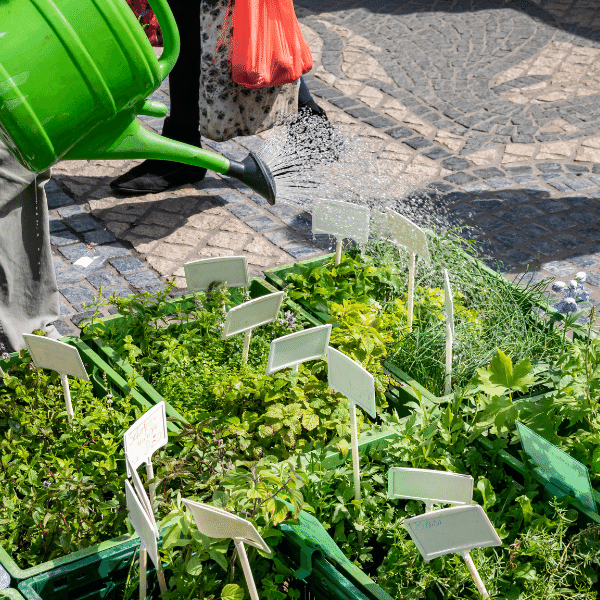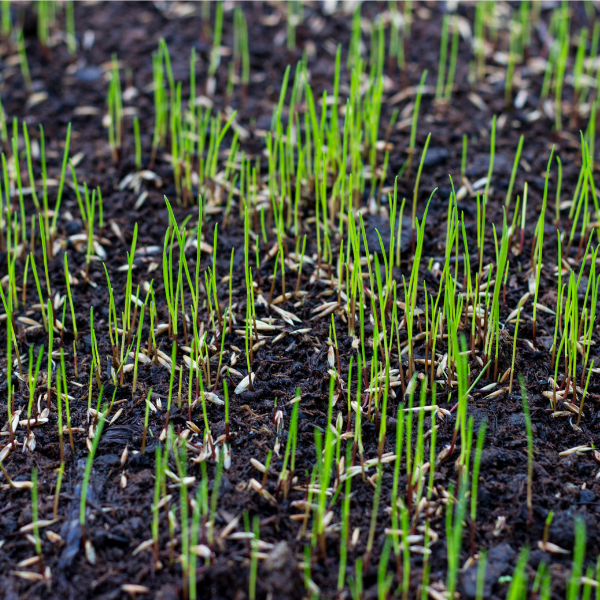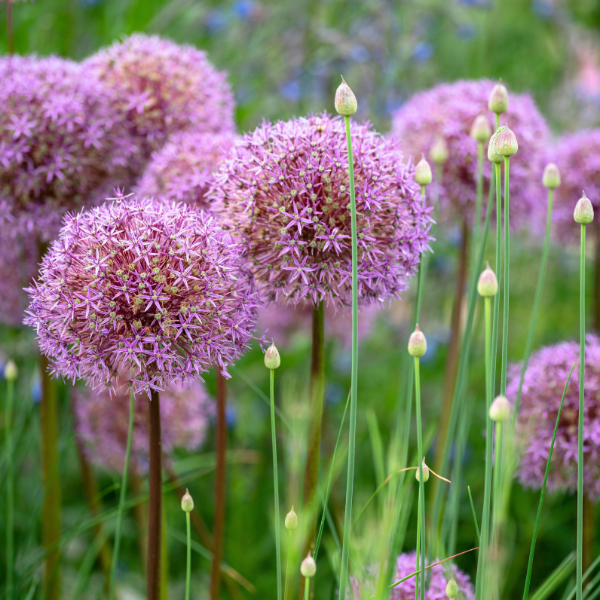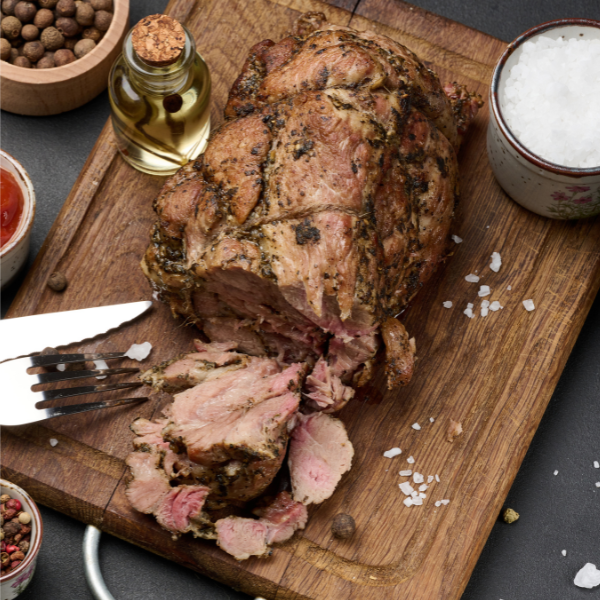Centaurea Montana

Also known as: Mountain Bluet, Mountain Cornflower
Mountain cornflower is an easy-to-care-for perennial that grows best when planted in a sunny location. Although it looks extremely delicate, if is in fact a low-maintenance plant that simply requires the basics, such as well-drained soil and monthly pruning. The plant’s flowers can be appreciated on their own or combined with other flowers to create a striking display, with a combination of contrasting colours and shapes. It is good to deadhead the blooms after flowering to encourage a late summer rebloom. These plants are specifically loved in our garden centre from mid-July to mid-August by pollinators such as butterflies and bees, another great reason to add them to your garden landscape. These flowers are special because they have a tolerance to droughts, this mean that they would be an ideal addition to rock gardens and those that need less maintenance.
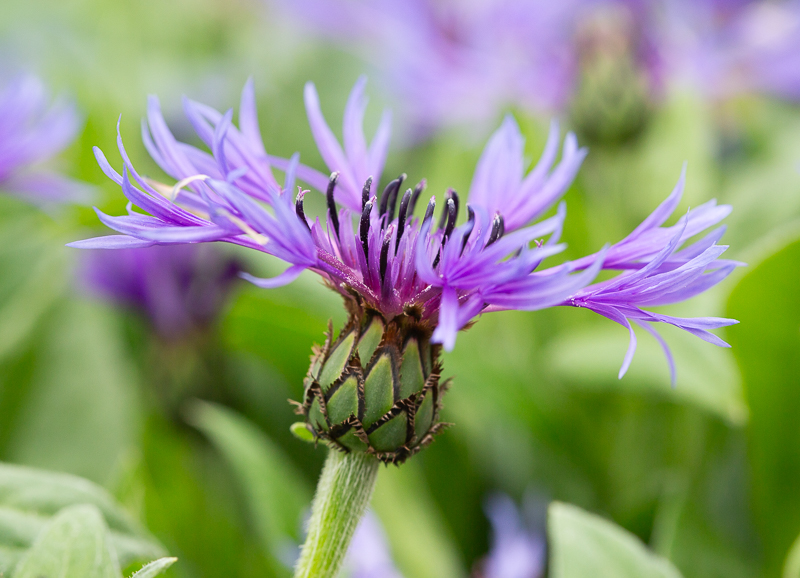




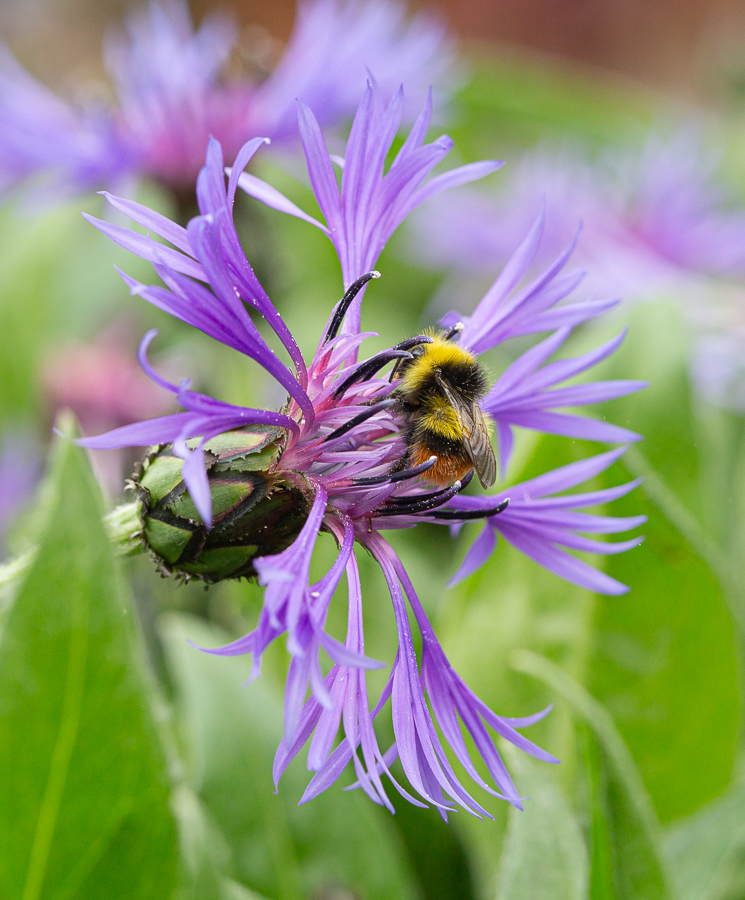
Where to plant it
Light and Soil
The mountain cornflower needs to be planted in a spot that receives at least six to eight hours of full sun each day for optimal flowering. The plant can also tolerate light shade, but locations where the plant is too shaded will cause a reduction in blooms and make the plant grow spindly and floppy. When it comes to soil, the plant isn’t necessarily picky. Sandy, well-drained soil is preferable for the plant to fully thrive, but it can also grow extremely well in dry, nutritionally poor soil quite well. Although a lot of plants are specific to their needs of acidity, the Mountain Cornflower can tolerate a range of levels, from 6.1 to 7.8.
Water, Temperature and Humidity
Once the plant has settled into its soil and surroundings, it will only require weekly watering during dry spells. Young plants will need a good amount of water, several times a week until it is established however once it’s fully grown, it’s stems rely on dry, rigid ground to keep them upright, so overwatering is a definite no. During dryer periods of the summer, it is a good idea to increase your watering, which is also the case for most other plants. In refection of its name ‘Mountain Cornflower’, this plant is native to high altitude meadows and woodland areas of central and southern Europe. This flower typically prefers temperatures ranging from 15-25 degrees Celsius and can even survive light frost, this is why it grows so well in a mild southern England. Although it does like it’s environment dryer, it does not grow well in hot and very humid places.
FAQ's
Why is Centaurea Montana called "cornflower?"
This perennial flower was once considered an invasive weed that popped up in grain and corn fields throughout Europe.
How can you identify mountain cornflower?
Just like daisies, the blooms of cornflower are made up of composite heads of smaller flowers. The outer florets are star-shaped, whereas the inner is filled with miniature flowers.
Are mountain cornflowers edible?
Mountain cornflowers’ blooms are edible, they are mild in taste and pair nicely with both savoury and sweet dishes. They are often used in salads and desserts to provide a pop of colour.
What common problems arise with Mountain Cornflowers?
There are few serious disease issues with mountain cornflower. To avoid any issues, you need to make sure the plant has enough distance between nearby plants as they like good air circulation. Because they are quite invasive plants, it is good to keep them in check and pruned when necessary.
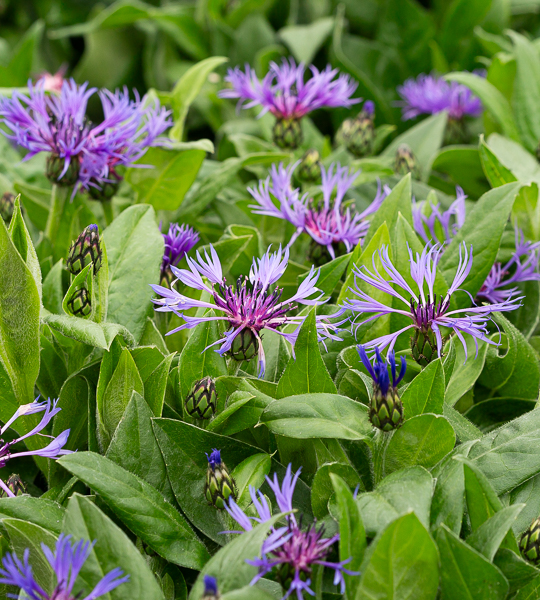

 2,768 REVIEWS
2,768 REVIEWS

